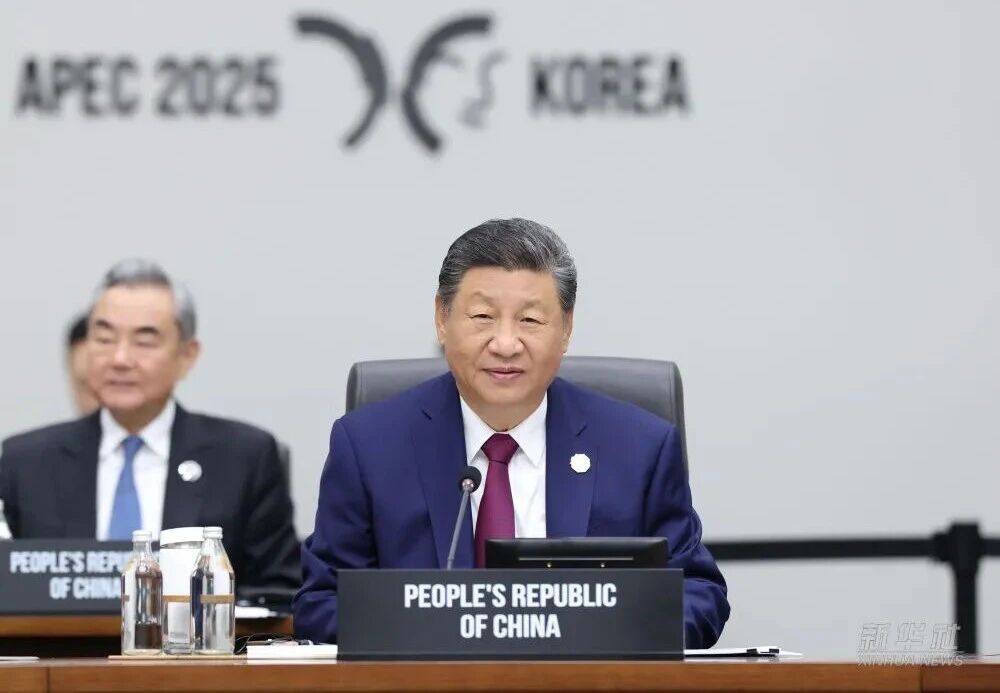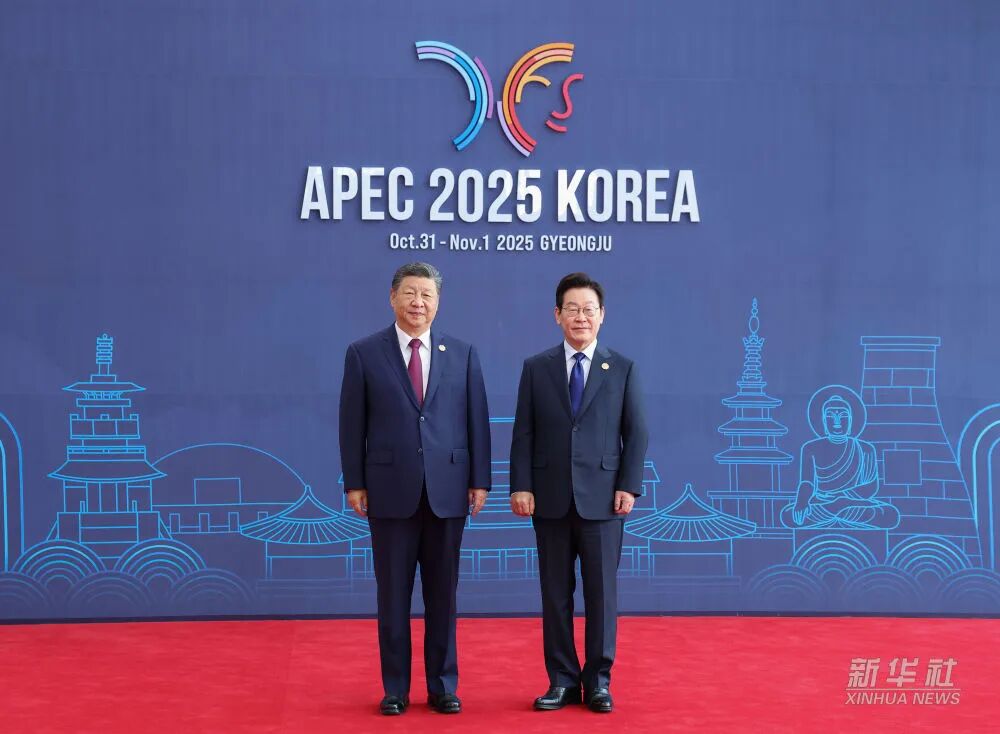CATTI-题库-真题-模拟-课程-直播
 天之聪教育
天之聪教育
 2018-05-21
2018-05-21
 CATTI考试资料与资讯
CATTI考试资料与资讯
 9516次
9516次

2018年5月英译中第一篇
Faculty shortage could thwart India's education dream
At one of the better colleges in India's capital, there is just one large room for 140 faculty members to sit and have a cup of tea or grade papers. "If even half show up, there aren't enough chairs," said Amin, a history professor there. "There is no other place to work. In this situation, how do you expect teachers to work?"
The lack of amenities for faculty members is not the only issue. After 30 years at Mary College, which is one of dozens administered by the University of Delhi, Ms. Amin makes the equivalent of $22,000 a year - less than half of what some of her better students will make in their first jobs. New opportunities offer not just more money for graduates but also mobility and flexibility, which are virtually unheard of for faculty at most of India's colleges and universities.
All this means that India is facing a severe shortage of faculty members. But it is not just low pay and lack of facilities that are being blamed. According to a government report published last year, a massive expansion in higher education combined with a poor supply of PhD's, delays in recruitment and the lack of incentives to attract and nurture talent has led to a situation in which 40 percent of existing faculty positions remain vacant. The report's authors, mostly academics, found that if the shortfall is calculated using the class size recommended by the government, this figure jumps to 54 percent. All this means that India is facing a severe shortage of faculty members. But it is not just low pay and lack of facilities that are being blamed. According to a government report published last year, a massive expansion in higher education combined with a poor supply of PhD's, delays in recruitment and the lack of incentives to attract and nurture talent has led to a situation in which 40 percent of existing faculty positions remain vacant. The report's authors, mostly academics, found that if the shortfall is calculated using the class size recommended by the government, this figure jumps to 54 percent.
Experts say this is the clearest sign that India will fail to meet the goal set by the education minister, who has pledged to more than double the size of the country's higher education system by 2020. They say that while the ambition is laudable, the absence of a long-term strategy to develop faculty will ensure that India's education dream remains just that.
Mr. Balakrishnan of Indian institute of technology in Delhi, meanwhile, was more optimistic. He felt India could enroll as much as 25 percent of eligible students in colleges and universities - about twice the current figure - by the end of this decade. "Tangible changes are happening," he said. "The debate that has happened in the last few years has taken people out of their comfort zones. There is more consensus across the board that we need to scale quality education."
英译中第二篇(调整分段)
Near Cambodia's Temple Ruins, a Devotion to Learning
Millions of tourists come here every year to visit the ancient ruins of Angkor Wat, an influx that has helped transform what once resembled a small, laid-back village into a thriving and cosmopolitan town with thumping nightlife and more than 10,000 hotel rooms.
But the explosion of the tourism industry here has also done something less predictable. Siem Reap, which had no universities a decade ago, is now Cambodia’s second-largest hub for higher education, after the capital, Phnom Penh. The sons and daughters of impoverished rice farmers flock here to work as tour guides, receptionists, bartenders and waitresses.
When their shifts are over, they study finance, English and accounting.“ The establishment of five private universities here is helping to transform the work force in this part of Cambodia.Employers say that English proficiency is rising and that workers who attend universities stand out for their ability to express themselves and make decisions.
A generation of students who would otherwise have had little hope to study beyond high school are enduring grueling schedules to get a degree and pursue their dreams.Khim Borin, a 26-year-old tour guide by day and law student by night, says he wants to become a lawyer. But he sometimes has trouble staying awake in class during the high tourist season, when he spends hours scaling vertiginous temple steps and baking in the tropical sun. There was no master help plan worIk and life. It was driven largely by supply and demand: universities opened to cater to the dreams of Cambodia’s youth.
After graduation, students who work and study at the same time often have an edge over fresh graduates who have never worked before, for whom starting a career can be difficult, Ms. Chan and others say. University students are “more communicative,” she said. “If they don’t like something, they speak out.” Ms. Chan and others say they are lucky that Angkor’s temples have proved so popular with tourists. If it were not for the sandstone structures nestled in the jungles, Siem Reap would probably have remained a backwater. Last year, 3.3 million tourists visited Siem Reap, half of them foreigners, according to the Cambodian Ministry of Tourism.
中译英第一篇
2000多年前,亚欧大陆上勤劳勇敢的人民,探索出多条连接亚欧非几大文明的贸易和人文交流通路,后人将其统称为“丝绸之路”。千百年来,“和平合作、开放包容、互利共赢”的丝绸之路精神薪火相传,推进了人类文明进步,促进了沿线各国繁荣发展。进入21世纪,面对复苏乏力的全球经济形势,纷繁复杂的国际和地区局面,传承和弘扬丝绸之路精神更显重要。
“一带一路”建设是一项系统工程,要坚持共商、共建、共享原则,积极推进沿线国家发展战略的相互对接。“一带一路”致力于亚欧非大陆及附近海洋的互联互通,建立和加强沿线各国互联互通伙伴关系,构建全方位、多层次、复合型的互联互通网络,实现沿线各国多元、自主、平衡、可持续的发展。“一带一路”的互联互通项目将推动沿线各国发展战略的对接与耦合,发掘区域内市场的潜力,促进投资和消费,创造需求和就业,增进沿线各国人民的人文交流。
参考译文:
More than two millennia ago the diligent and courageous people of Eurasia explored and opened up several routes of trade and cultural exchanges that linked the major civilizations of Asia, Europe and Africa, collectively called the Silk Road by later generations.
For thousands of years, the Silk Road Spirit - "peace and cooperation, openness and inclusiveness, mutual learning and mutual benefit" - has been passed from generation to generation, promoted the progress of human civilization, and contributed greatly to the prosperity and development of the countries along the Silk Road. Symbolizing communication and cooperation between the East and the West, the Silk Road Spirit is a historic and cultural heritage shared by all countries around the world.
The Belt and Road Initiative is a systematic project, which should be jointly built through consultation to meet the interests of all, and efforts should be made to integrate the development strategies of the countries along the Belt and Road. The Chinese government has drafted and published the Vision and Actions on Jointly Building Silk Road Economic Belt and 21st-Century Maritime Silk Road to promote the implementation of the Initiative, instill vigor and vitality into the ancient Silk Road, connect Asian, European and African countries more closely and promote mutually beneficial cooperation to a new high and in new forms.
The Belt and Road Initiative aims to promote the connectivity of Asian, European and African continents and their adjacent seas, establish and strengthen partnerships among the countries along the Belt and Road, set up all-dimensional, multitiered and composite connectivity networks, and realize diversified, independent, balanced and sustainable development in these countries. The connectivity projects of the Initiative will help align and coordinate the development strategies of the countries along the Belt and Road, tap market potential in this region, promote investment and consumption, create demands and job opportunities, enhance people-to-people and cultural exchanges, and mutual learning among the peoples of the relevant countries, and enable them to understand, trust and respect each other and live in harmony, peace and prosperity.
来源:《推动共建丝绸之路经济带和21世纪海上丝绸之路的愿景与行动》
Full text: Vision and actions on jointly building Belt and Road
http://www.china.org.cn/chinese/2015-09/15/content_36591064.htm
中译英第二篇
2006年,中国一个三口之家的碳排放量平均为2.7吨。目前,这一数字已升至3.5吨。而在北京、上海、广州等大城市,每个家庭的平均碳排放量已接近10吨。碳汇(carbon sink)主要是指森林吸收并储存二氧化碳的能力。森林是陆地生态系统中最大的碳汇库。在降低大气中温室气体浓度、减缓全球气候变暖中具有十分重要的独特作用。
据统计数字,每人每年只要种3棵树,就可吸收个人当年排放的二氧化碳。目前,中国正在开展公众可参加的碳汇林项目,如将建立四川大熊猫基地的熊猫汇林项目等。作为碳排放量大亨的一些企业也已行动起来,先后在全国十多个省区建碳汇林60多万公顷。中国将推广购买碳汇、种植碳汇林等行动,加快植树造林步伐,增加森林碳汇功能。

 点赞(0)
点赞(0)

 收藏
收藏

当前,新一轮科技革命和产业变革深入发展,特别是人工智能等前沿技术快速发展,为人类社会开辟了新前景。同时,世界经济增长动能不足,全球发展赤字扩大,气候变化、粮食和能源安全等挑战加剧。亚太各经济体应该加强互利合作,把握新机遇,应对新挑战,共同开创可持续的美好明天。
新华网 2025-11-03 09:06:59
 收藏资讯
收藏资讯

It is my great pleasure to be here in Gyeongju, a city of rich history and culture, to join you in discussing the future of the Asia-Pacific. Let me begin by thanking President Lee Jae Myung and the ROK government for the thoughtful arrangement.
新华网 2025-11-03 09:05:18
 收藏资讯
收藏资讯

微信图片_20251103083904.jpg 发挥亚太引领作用 共促世界发展繁荣 Putting the Asia Pacific at the Forefront of the Joint Endeavor for World Development and Prosperity ——在亚太经合组织工商领导人峰会上的书面演讲 – Written Address at the APEC CEO Summit 中华人民共和国主席 习近平 H.E. Xi Jinping, P
新华网 2025-11-03 09:03:02
 收藏资讯
收藏资讯

It is my great pleasure to join you in Kuala Lumpur. I wish to thank Prime Minister Anwar Ibrahim and the Malaysian government for their thoughtful arrangements.
新华网 2025-10-30 13:02:13
 收藏资讯
收藏资讯